The Siege of Leningrad, Nazis and the Untold History of World War II in Russia and Estonia
A trip to Northern Europe and the former Soviet Union uncovers buried truths about Adolf Hitler and the Holocaust—and reminds us of the power of travel to astound.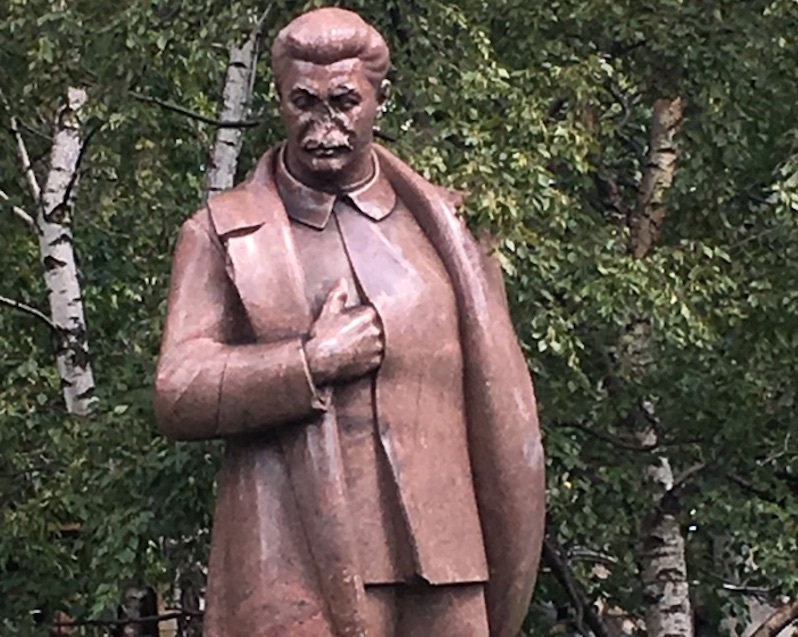 A scene in Estonia. (Sandy Tolan)
1
2
A scene in Estonia. (Sandy Tolan)
1
2
Yet historical denial was palpable on the next leg of our trip, in Estonia, a bullet train and ferry ride away, via Helsinki. We sailed across the Gulf of Finland toward the Medieval town of Tallinn, finishing dinner as the sun set over the water at nearly 10 p.m. The past—specifically, the mid-20th Century—had taken hold of us. Maybe that’s because Andrea’s grandfather was a U.S. military pilot during World War II, flying medevac in the Pacific. Or because I kept recalling my late close friend, Joe Garland, and his terrible time on the Anzio beachhead in Italy. Or because my mom and her friends had recently shared their powerful memories of the day Pearl Harbor was bombed, when they were teenagers. Whatever the reason, the next day we followed our Tallinn map to Estonia’s Museum of Occupations.
The very name of the museum, funded by a wealthy Estonian-American after the fall of Communism, reflects the way the newly-independent nation sees itself: as a victim of the occupations of the Soviets, then the Nazis, then the Soviets again. True enough in its own way, of course; Estonians would have preferred their freedom. And every country gets to tells itself its own story. But sometimes the omissions are more interesting than the narrative. (Imagine the American story, as many people do, without acknowledgment of slavery or the genocide of Native Americans.)
What struck us most about the shiny museum was its depiction of Estonians’ victimization without any reflection of responsibility. Estonians “joined the German army” but never became Nazis; they were “forced to go to Germany” after World War II but never participated in atrocities during the war. Except that some of them did. Oula Silvennoinen of the University of Helsinki, in his review of Anton Weiss-Wendt’s “Murder Without Hatred: Estonians and the Holocaust,” writes that collaboration was “crucial to the realization of the Holocaust on the local level.” He adds that the “genocide of the Estonian Jews” was “largely perpetrated by Estonian militias and security police.”
Yet at the Museum of Occupations, you learn no such thing, including nothing of Estonian participation in the concentration camps the Nazis established here—one a mere miles from Tallinn. It is all about victimhood and heroism, not collaboration. Much celebrated are the legendary “Forest Brothers,” small bands of guerilla resisters to Communism who survived in the woods, some of them into the 1950s. But any discussion of Estonian atrocities, or even any Estonians who believed in Communism, is not to be found in the Museum of Occupations. At least, we didn’t see it, and we looked.
When I brought this up to the 23-year-old staffing the entrance counter, he told me: “My great grandfather joined the German army not because he liked the Nazis, but because he hated Communism so much.” Ah, so that’s the story that a nation tells its young. What a contrast to Germany, which has confronted its own terrible history head-on. Middle school children visit the concentration camps as part of their education. And on nearly every corner of Berlin, it seems, is a reminder of a Jewish family who lived here, or worked there, before being hauled away in the night, and exterminated.
So, nations bury their history, or they confront it, or they edit it, leaving out some uncomfortable parts. Perhaps the choice comes down to proximity, degree of terribleness, personal and national courage, and the level of genuine democracy.
But of course, the more distant the history, the easier it is to excavate. This is what we saw in the Tallinn Town Hall, where the mining of history is not fraught with the discomfort or denial of the living.
In 2003, Tallinn received funds to renovated its town hall, which had stood for more than six centuries, but which had fallen into disrepair under Soviet rule. Workers in the attic made a startling discovery: amid the old photos of the Soviet era, when the town hall housed a button shop, flanked with giant images of Stalin and Lenin, they found civil documents and legal claims going all the way back to the 14th Century. At this moment, more than ever before, I understood the fascination of my brother John’s work as a Medieval scholar, living in France.
Now, upstairs, past the life-size dolls of peasants and knights, the portraits of Swedish kings, the chronicle of a nobleman who beat his slave to death and in turn was sentenced to death himself, and the displays of Medieval weathervanes, we came to the excavated history: fragments of parchment exposing the disputes of ordinary men and women of twenty and twenty-five generations past.
 “Court document,” states one plaque in front of a stained paper from 1583, “in which the accuser demands 60 thakers and ten packages of books. The defendant states that the debt has already been paid.” Beside that document stood another one: “Letter from Prince Jaroslav Obolensky to the Tallinn Magistracy and burgomaster Johann Super concerning a horse theft (1487)”. And then another display, from some 420 years later, and 12 years before the Bolshevik Revolution: handbills from 1905. “Kill all the barons!”
Before we left Estonia, to return to St. Petersburg and then back to the States, I climbed the 100-plus stone steps of Tallinn’s town hall. The tower, built in 1402, once included a stoic tin weathervane named Old Thomas. There he stood, looking out over Estonia, until he was toppled in a Soviet air attack to liberate (or “liberate,” if you prefer) Tallinn from the Nazis in 1944—an attack it denied for decades.
“Court document,” states one plaque in front of a stained paper from 1583, “in which the accuser demands 60 thakers and ten packages of books. The defendant states that the debt has already been paid.” Beside that document stood another one: “Letter from Prince Jaroslav Obolensky to the Tallinn Magistracy and burgomaster Johann Super concerning a horse theft (1487)”. And then another display, from some 420 years later, and 12 years before the Bolshevik Revolution: handbills from 1905. “Kill all the barons!”
Before we left Estonia, to return to St. Petersburg and then back to the States, I climbed the 100-plus stone steps of Tallinn’s town hall. The tower, built in 1402, once included a stoic tin weathervane named Old Thomas. There he stood, looking out over Estonia, until he was toppled in a Soviet air attack to liberate (or “liberate,” if you prefer) Tallinn from the Nazis in 1944—an attack it denied for decades.
 The tower, now with a new Old Thomas (the original is down below, its mustache reforged from five Soviet pennies), affords a spectacular view in all directions, including north, to the Gulf of Finland, where every day in the summer, cruise ships disgorge thousands of tourists, who flood the red-roofed Medieval town and its cobbled square just below.
The tower, now with a new Old Thomas (the original is down below, its mustache reforged from five Soviet pennies), affords a spectacular view in all directions, including north, to the Gulf of Finland, where every day in the summer, cruise ships disgorge thousands of tourists, who flood the red-roofed Medieval town and its cobbled square just below.
 I could see them now, milling about. At first I thought, how too bad, this town to be overrun in this way. But then I thought, given the alternatives demonstrated by the layers of history, in this town and in all the places we’d seen, it was not such a terrible way to be overtaken.
Your support matters…
SUPPORT TRUTHDIG
I could see them now, milling about. At first I thought, how too bad, this town to be overrun in this way. But then I thought, given the alternatives demonstrated by the layers of history, in this town and in all the places we’d seen, it was not such a terrible way to be overtaken.
Your support matters…
SUPPORT TRUTHDIG

A display at the Museum of Occupations in Estonia. (Sandy Tolan)

Old Thomas, the original. Toppled by a 1944 Soviet air attack, he now stands on the first floor of Tallinn Town Hall. (Sandy Tolan)

A scene in Estonia. (Sandy Tolan)
Independent journalism is under threat and overshadowed by heavily funded mainstream media.
You can help level the playing field. Become a member.
Your tax-deductible contribution keeps us digging beneath the headlines to give you thought-provoking, investigative reporting and analysis that unearths what's really happening- without compromise.
Give today to support our courageous, independent journalists.
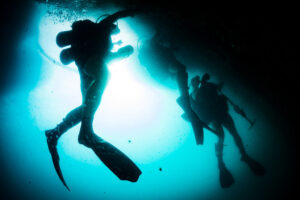
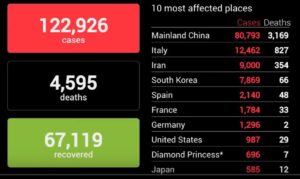


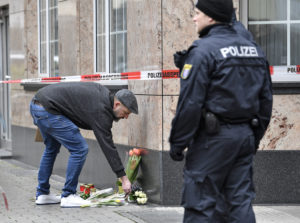
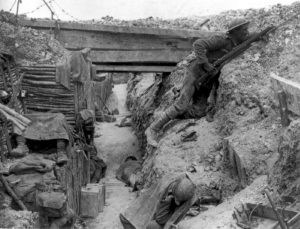
You need to be a supporter to comment.
There are currently no responses to this article.
Be the first to respond.